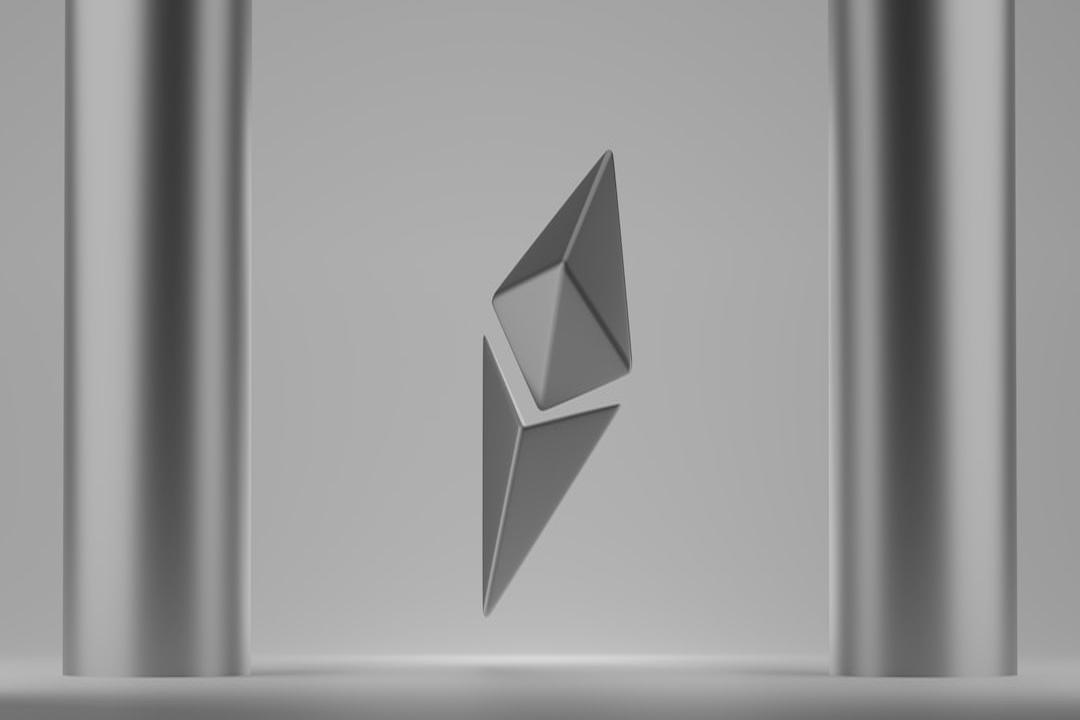Author: Jason Chen, Independent Researcher Source: X, @jason_chen998
Despite the founder of Solana previously expressing no need for L2 solutions, the Solana community prides itself on the “unity” label, based on the idea that it will not create a multitude of L2 solutions competing against each other like Ethereum. However, the iconic event that marked this round of development for Solana was when the founder of MakerDAO announced last September that they would be developing an application chain based on Solana. Subsequently, projects like PYTH also issued their own chains based on Solana, but it is important to note that these are all side chains forked from the Solana code, rather than actual extensions of Solana. Even with the support of dual clients, Solana still struggles with the issue of downtime.
Currently, L2 solutions appear to be the most effective way to expand Solana and generate network effects. Therefore, Solana has had to embrace L2 solutions. The Solana version of the “OP Stack,” the first atomic SVM chain, @SonicSVM, has secured $12 million in funding from Solana. The concept of atomicity allows for quick synchronization between L2 and the Solana mainnet, enabling developers to instantly receive the status and data of the mainnet without the need for redeployment of contracts. For example, game developers can issue assets to the Solana mainnet while running the game logic on the Sonic L2, thus benefiting from the security of the mainnet and the performance of L2.
Sonic’s parent company is @joinmirrorworld, a platform that develops Web3 game engines in the Solana ecosystem. Having been in operation for three years, Sonic itself is a game chain L2 based on Solana. It packages its capabilities in a stack format for third parties to easily launch Solana chains, thereby occupying a key position in Solana’s ecosystem. Popular games like Lumiterra have already chosen to build on top of Sonic, leveraging its built-in user base for a smooth launch, as opposed to waiting for users to flock to the platform.
As mentioned at the beginning of the article, Sonic’s approach differs from what PYTH and MakerDAO are attempting by directly forking Solana’s code to create a side chain. Sonic, on the other hand, is a Layer2 solution developed based on Solana using the HyperGrid framework. This means that the final consensus is achieved by Solana, enabling Layer2 expansion on top of Solana. If the Solana Foundation values politics as much as the Ethereum Foundation does, then Sonic’s political correctness should be quite high.
SVM is the environment in which the Solana network processes transactions and executes smart contracts. The main differences from Ethereum’s EVM lie in the fact that SVM is multi-threaded and can allocate individual gas fees to each smart contract (as opposed to Ethereum, where gas fees apply universally). These features result in high performance and low costs, which are sufficient for most projects. However, for top projects with a large user base and high traffic, gas income is a lucrative aspect. If a project can generate tens of thousands of dollars in gas fees daily, why should they contribute that revenue to Solana, Ethereum, or another public chain?
Users come for the project itself, not for the public chain, so it is entirely feasible for projects to create their own chains to capture gas fees. Directly forking the code would sever ties with Solana entirely, which is a concern for Solana. Projects also do not want to completely detach from their existing systems, so a Layer2 solution is a compromise that benefits both parties.
Top projects also require higher levels of customization, higher TPS, and the potential for increased valuation through chain issuance. Currently, projects in the Solana ecosystem such as getCode, Grass, Zeta, and Sphere are either building Solana side chains or L2 solutions through various means. Given these demands and circumstances, Solana has had to embrace Layer2 solutions, making it Sonic’s mission to expand Solana. It is worth noting that Sonic also supports EVM.
The HyperGrid framework is developed using CosmosSDK and can be likened to OP’s SuperChain in terms of structure. Each Grid grid is akin to a semi-autonomous small-scale blockchain, where users interact with the corresponding grid. After internal actions such as EVM/SVM execution, account data changes, and transaction processing, the grid is then packaged by HyperGrid nodes and sent to the Solana main chain.
In the recent funding announcement, the largest Solana investor, Galaxy Digital, along with European investors BITKRAFT, participated. While BITKRAFT may seem unfamiliar at first glance, it is considered one of the most active gaming venture capital funds in the crypto sphere, with over $1 billion in total assets under management. Among its core participants are Solana and ecosystem projects like Jupiter and Superteam. Having known the founder @Chrizhuu for two years and having had several meetings and discussions offline, as well as meeting other founding members like Jialin and Robinn, the team is dedicated to their work. Following this, Sonic will embark on a series of odyssey activities, so stay tuned.

